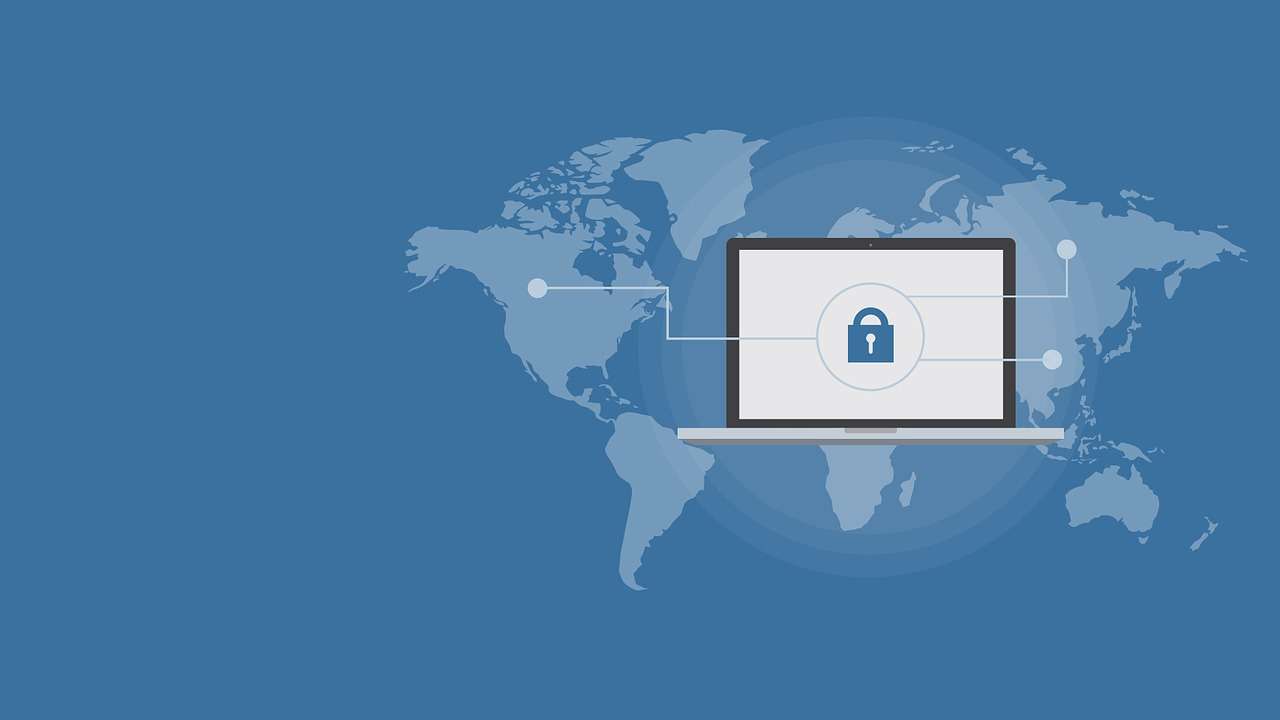For the average user, the dark web is a foreign concept. Everyone has a general idea of the information it contains but accessing it or finding your account information accessible to its users is often an overlooked concept. Many websites like Check People can help prevent identity theft and fraud, which can protect your information from being sold online. But how much is your data worth? Chances are, less than you think.
Credit Card Information
You’ve spent a long time building up your credit report, so when your card has been compromised, it’s important to act quickly. With the average credit card ranging between $12-65 on the dark web, accounts get taken quickly. For criminals hoping to grab credit card details, a user can purchase stolen numbers for as little as $12. These are the basic numbers, expiry dates, and security number on the back.
A cloned card with PIN access will cost users a little bit more, with average pricing sitting at $35. If a user is hoping to secure access to an online bank account, balances of at least $2,000 are taken for a meager $65.
Payment Processing Services
One of the most common items listed on the dark web is PayPal accounts. Compromised accounts will usually go for a higher price tag than pilfered accounts. For an average $320, you’ll score a transfer of $1,000-3,000 range, while transfers of over $3,000 will only cost you half the price.
Email account
Individuals looking to access Gmail accounts may be surprised to learn they cost more than a credit card. The average price for a Gmail account is approximately $156, bringing with it a host of data and access to other services connected to the account.
Driving License
When you need a driver’s license, most people will head to the DMV. For those looking to simply purchase one, the dark web brings forged documents at exceptionally low prices. With average quality documents costing an average of $70 and high-quality documents costing $550, there’s something within everyone’s budget.
Bank Statements
If you need proof of a bank statement, the dark web has fraudulent accounts available. Depending on their needs, users can find a bank statement for a low price of $25, while accounts with transactions will cost users $80. This means your account could be sold to the dark web for less than a tank of gas.
Protecting Yourself Against the Dark Web
While the average individual may not know how to access the dark web, keeping your information secure is the easiest way to ensure your information isn’t purchased. Take the time to ensure any websites you visit will protect user information. Always use an encrypted platform for any purchases online. Read the terms of service and privacy policy before entering your personal information.
Make sure that any emails you receive are from the genuine company to avoid phishing attempts at securing your account. Likewise, it’s always wise to exit any email and log into your account directly from the website. With many users masking their websites with authentic-looking platforms, you’ll minimize your risk of identity theft.
If you happen to receive a phone call from a company, never give out personal information on an inbound call (when someone calls you). When a business reaches out to you for new products or services, offer to return the call before giving them any information. Likewise, never use your credit card details on an inbound phone call.
Scam artists are hoping for quick and easy access to your information. Confirming details about an account will give them everything they need to access your profile and hack the details. Passwords, pin, security numbers on the back of your card, or the complete card number are never requested.
Fraudulent attempts at getting your information may happen very passively through a confirmation request through your account emails. Subscription services are a target audience, especially for confirming your payment details to keep the account in good standing. These emails should always be deleted and go to the website directly for further instruction. When in doubt, use a search engine to locate the phone number of the business to speak with them further.
If you run across a phishing attempt, follow up with the business the individual represents. Many large corporations will have a specific platform to combat fraud and phishing, allowing users to report any phone calls or emails.

